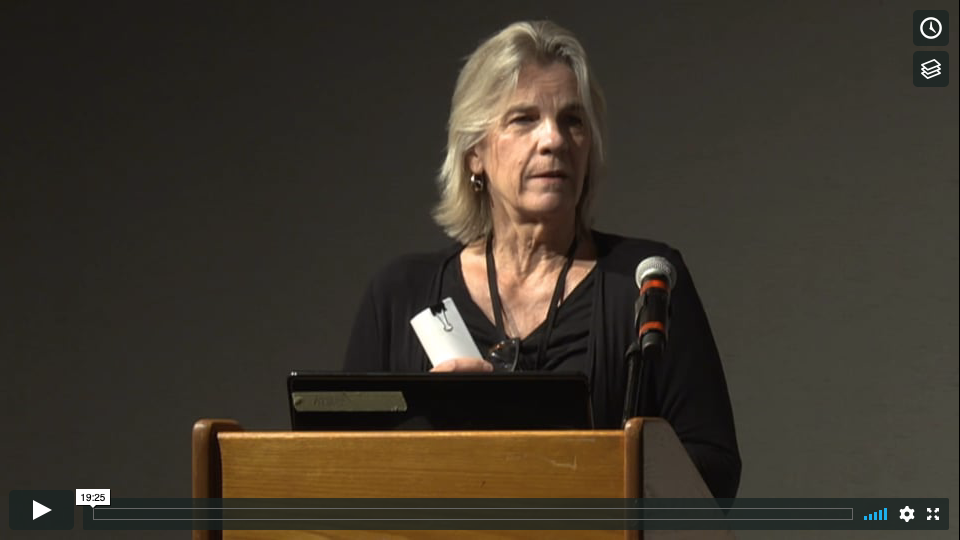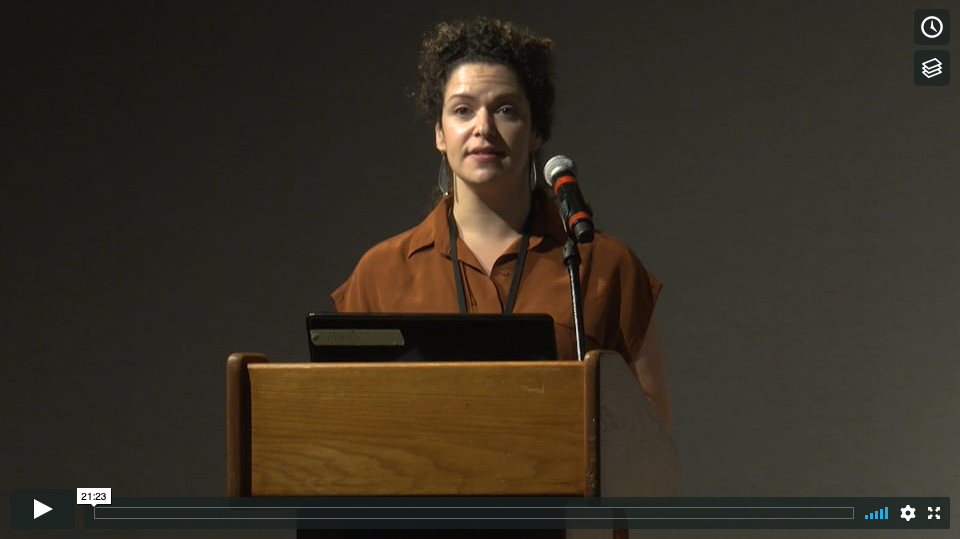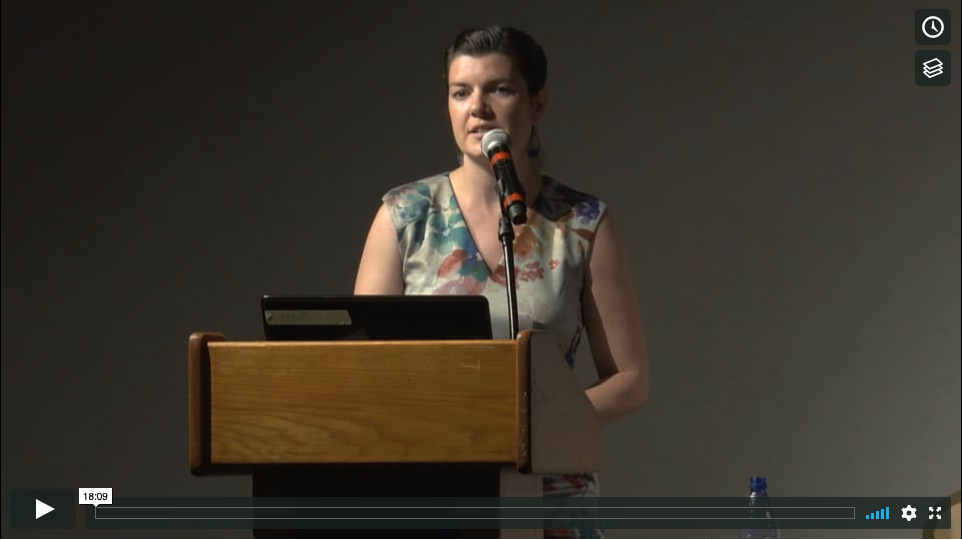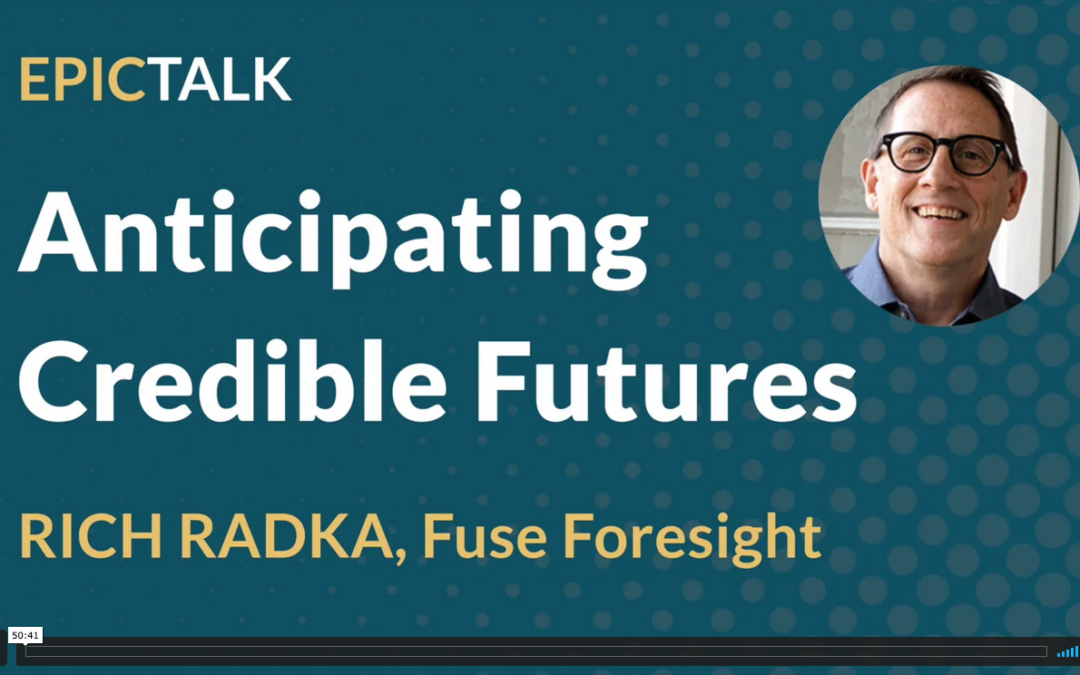Case Study—We report on a two-year project focused on the design and development of data analytics to support the cloud services division of a global IT company. While the business press proclaims the potential for enterprise analytics to transform organizations and make them ‘smarter’ and more...





